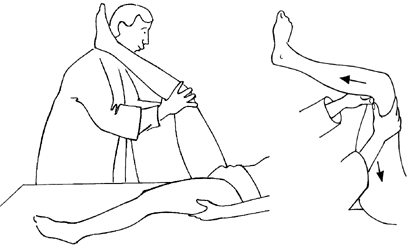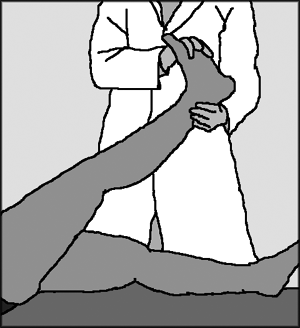I hear this almost every day, “doc, they said that I have sciatica”. In reality, the lower back pain patients I’ve seen, the chances of seeing a real sciatica patient is probably less than 0.1%, the rest, were just commonly lower back pain accompanied with symptoms mixed from pain in the hip, around the thigh, occasionally some of them can have unrelated knee or leg discomfort.
Since patients have no reason to exaggerate about their conditions, I often wonder what had happened, where had patient’s been to, and whom had given them the wrong information. As much as I do not want to think of, what was the reason or benefit to motivate health care professionals not to tell patient the truth.
Following are some of the most possible reason to give one a true sciatic irritation, see if you have, and they are:
- Intervertebral disc protrusion
- Spinal stenosis
- Spondylolisthesis
- Severe lumbar region trauma
- Piriformis syndrome
- Spinal tumors
Since most of you will not have severe conditions mentioned above, now try to think back, did the practitioner had perform any of these test before they send you for an imaging test, for example, one of the 11th manual test like the following’s: (photos of each are shown at the bottom of this article)
- Bowstring test
- Piriformis stress test
- Fabere Test | Patrick’s Test
- Trendelenburg Test and gluteus medius test
- Bechterew’s Test
- Slump Test
- Turyn’s Test
- SLRT Straight leg raise test
- WLRT Well leg raise test
- Bragard’s Test
- Bonnet’s Test
Reason that these initial manual tests are important, is because they can do few things for you:
- They should be very easy to tell what could possibly the pain came from,
These test are very good to help differentiate between a piriformis
syndrome, a strain gluteus muscle, for example, a gluteus medius
syndrome.
- Avoid to have you waste time and unnecessary cost, say MRI, another
example.
- Initiate an appropriate and immediate treatment right there at that very
moment.
Equally important, practitioner whom performed the checkup for you, did they:
- Asked how long ago was this happened, and what had cause this
- Level of pain from a scale of 1 to 10
- Having you described the exact area(s) of the pain
- Having you described if there are any muscle weakness, furthermore, is
muscle atrophy obvious?
- Having you circled on an anatomical chart to show the tingling and
numbness on the skin
- Did you noticed a foot drop?
- What other symptoms did you have?
- Did imaging tests such as X-Ray or MRI been used to help identify the
root of the problem?
(Remember, to trust only the X-Ray that is done by a radiologist, even
more importantly, that is, it comes with the radiologist diagnosis and
signatures)
If, none of the above was done, or did it sloppily, you maybe turnout never had the problem, possibly you have had some bad sprain’s, some bad and chronic strain in the pelvic sacroiliac joint, you may have injured the cutaneous nerve of the gluteus, you may have pulled your TFL’s (tensor fascia lata muscle), all in all, very possibly, it was never a sciatica, well, what should I say, congratulations?
Just don’t let this happen to you
In United States, the number of unnecessary medical and surgical procedures performed annually is 7.5 million (2014). The number of people exposed to unnecessary hospitalization annually is 8.9 million.
Annually, between 20 million and 25 million surgical procedures are carried out among all the specialties except plastic surgery. The study determined that between 15% and 29% were unnecessary. For example, 27% of the women who had hysterectomies, the second most common surgery, didn’t need the operation!
An excerpt from:
Unnecessary surgery exposed! Why 60% of all surgeries are medically unjustified and how surgeons exploit patients to generate profits
http://www.naturalnews.com/012291.html
- Bowstring test

2. Trendelenburg Test and gluteus medius test
3. Bechterew’s Test

4. Bragard’s Test
